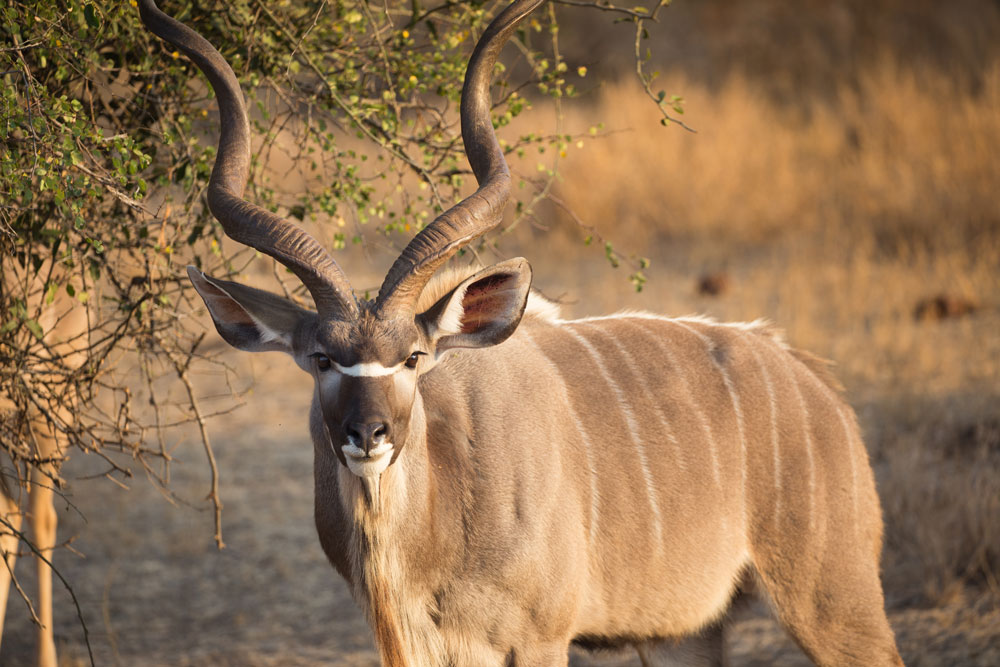A lot of work goes into planning a safari, especially the first one you ever take. Thankfully, Mike Coppersmith of Coppersmith Global Logistics gave a seminar at this year’s Dallas Safari Club convention covering just this subject, teaching prospective Africa goers what to do before, during, and after their grand adventure.
Ignore the issues of what to hunt, where to hunt it, and when to go; those questions open a Pandora’s box of possibilities. While the reasons for going to Africa are myriad, there are some things that are universal for safari hunters.
For one, you must determine what the country you’re heading to requires in the way of gun permits, as well as the permits required in countries you will visit in transit. Be sure to check with the airlines themselves on what restrictions are in place on firearms and ammunition.
For American sportsmen and women, it’s important to register your firearms, scopes, cameras, and any other items that have serial numbers with U.S. Customs and Border Protection. Fail to do so and you could pay duty on these items when you re-enter the states—the assumption being that you bought them while traveling abroad.
A Customs Form 4457 is the document you’ll need. Keep the original copy with you and never let another person take possession of it. These forms are valid as long as you own the registered items and must be presented to Customs upon return.
Use your full legal name on all legal documents to prevent any confusion between you and another similarly named hunter.
Advise your credit card company that you’ll be making charges outside the country. This does more than just prevent your company from viewing your charges as fraudulent. Charges made in other currencies show up in U.S. dollars until midnight that night. For instance, if you buy something in Botswana that costs 5,000 pula, your credit card company sees $5,000 (U.S.) until 12 a.m. Making sure your credit limit is sufficient for such charges is critical.
Never try to use one tag for more than one hunter. There’s no better way to lose all the animals you’ve taken than to skirt the law.
Review your target species to determine what paperwork is required for their taking, importation, and possession. If you decide to enlist a broker, you’ll need to provide them with power of attorney, documentation, and a list of the species taken and your taxidermist’s contact info.
Be prepared for the processing procedures of the U.S. Fish and Wildlife Service, Customs and Border Protection, and the Customs and Border Protection’s agriculture division regarding your trophies.
Have your trophies prepared stateside in case mistakes are made with the mounts. This allows you to make corrections with an animal if need be—and avoid unscrupulous artists who won’t stand behind their work under cover of international legality issues.
Will you have your trophy’s skull/hide/etc. transported via plane (faster/more expensive) or by ship (slower/cheaper)? The choice is yours.
In the end, be prepared to pay for:
- the hunt, travel, permits, and fees
- foreign taxidermy or dip-and-pack costs
- air or ocean transportation, export documentation, foreign trucking fees, and insurance/crating
- Customs brokerage service fees
- additional charges that may be applicable
- U.S. taxidermy costs and reprocessing fees if required by USDA
These are just some of Coppersmith’s tips and techniques, but they can help you make the most of your first trip to the Dark Continent. Plan wisely!

